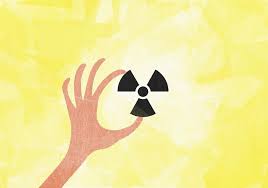What’s the Difference Between Routine and Non-Routine Maintenance for Fixed Nuclear Gauges?

What’s the Difference Between Routine and Non-Routine Maintenance for Fixed Nuclear Gauges? Introduction Today’s Radiation Safety Officer (RSO) face increasing pressure to lower operating costs in order to remain profitable and competitive in their respective industries. Maintenance is typically a major budget item that comes under scrutiny and careful inspection to see where cost cuts […]


